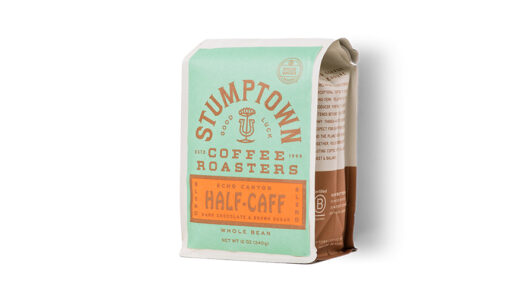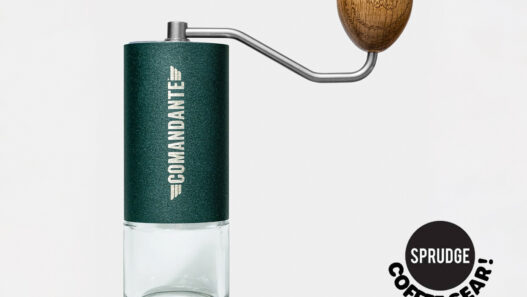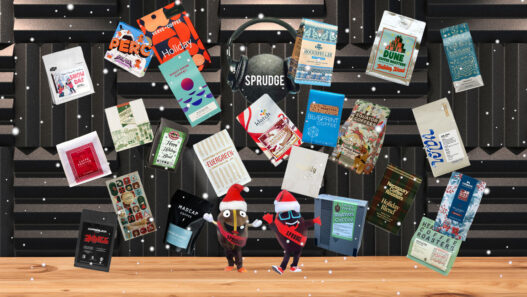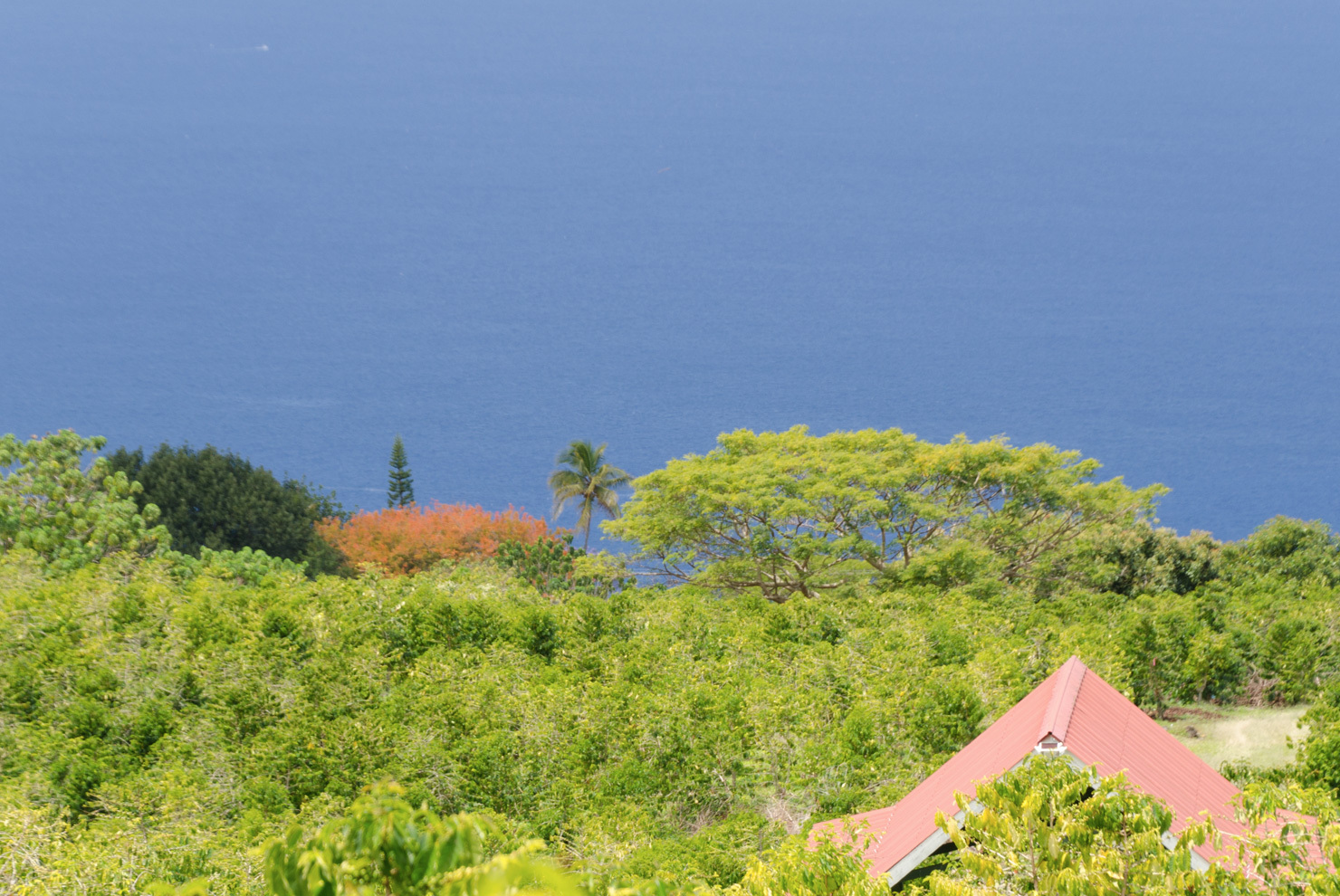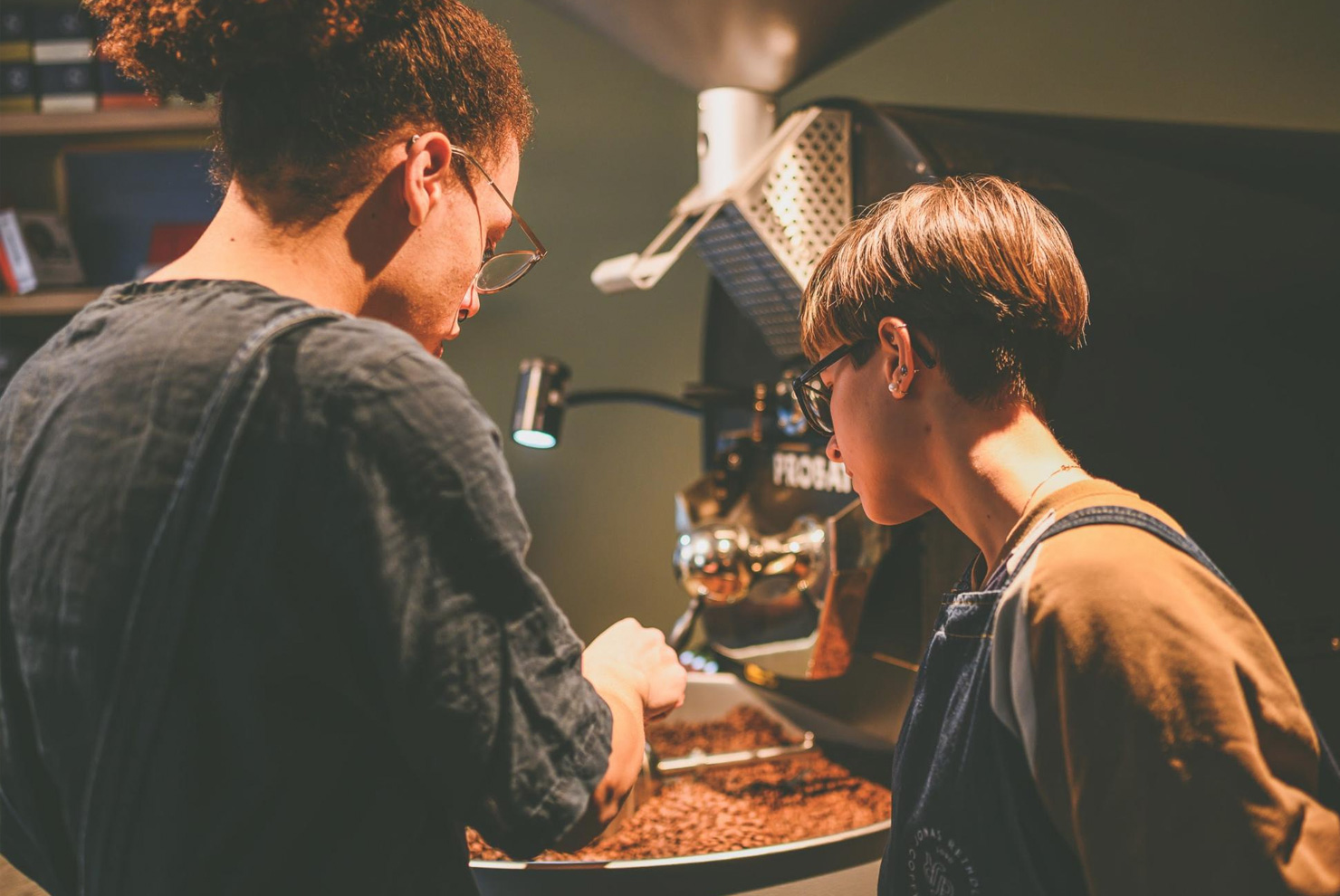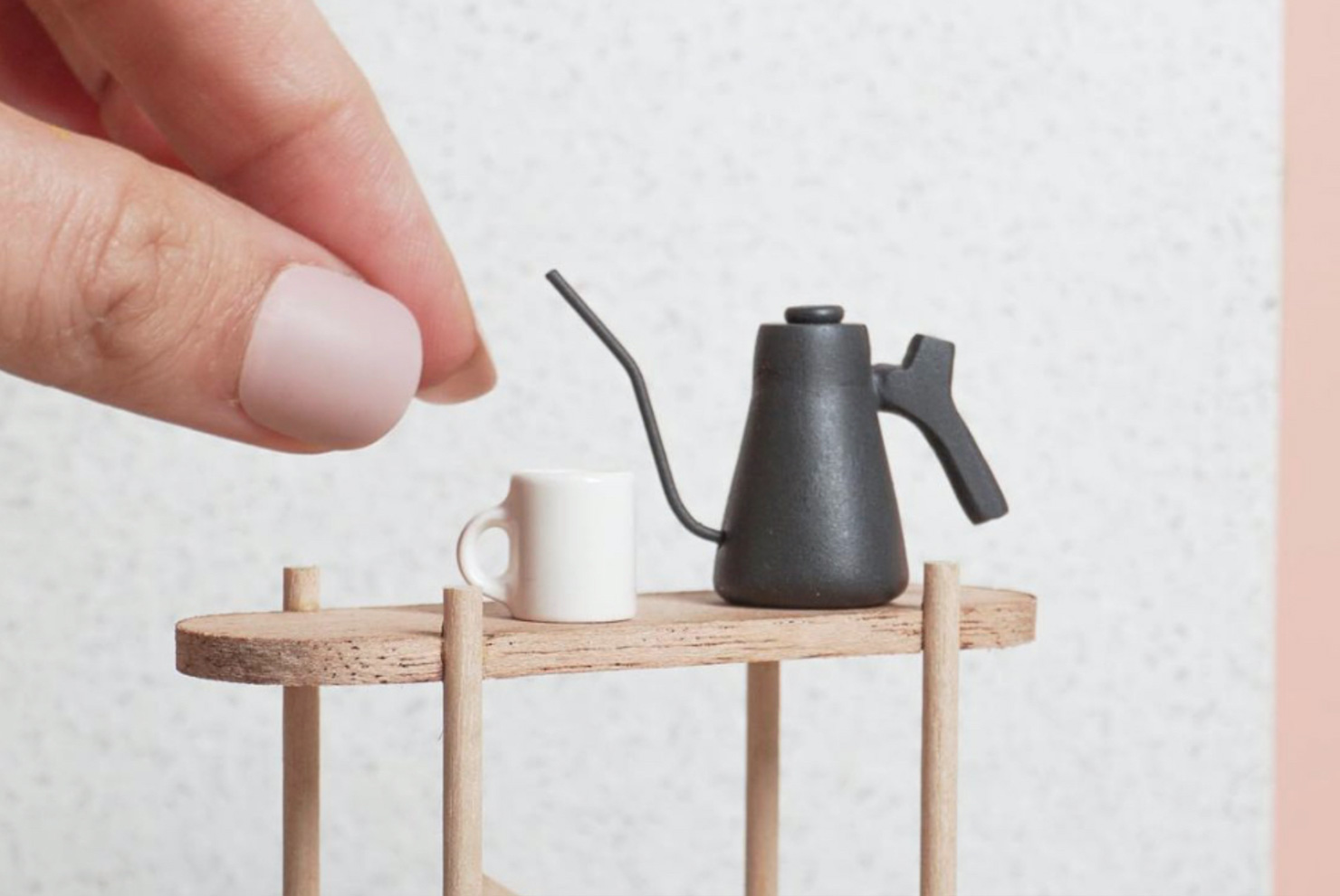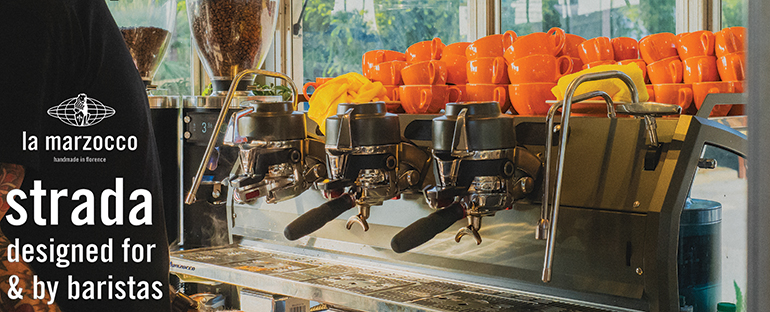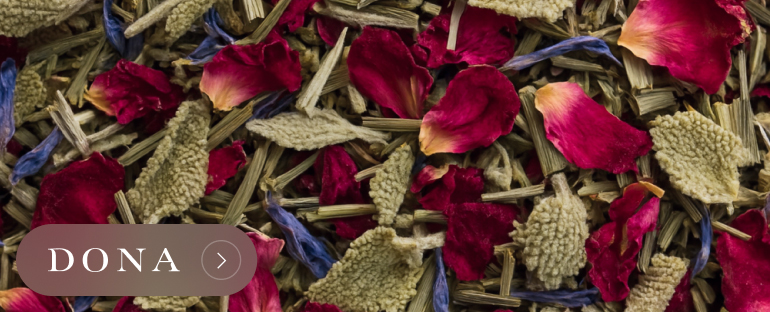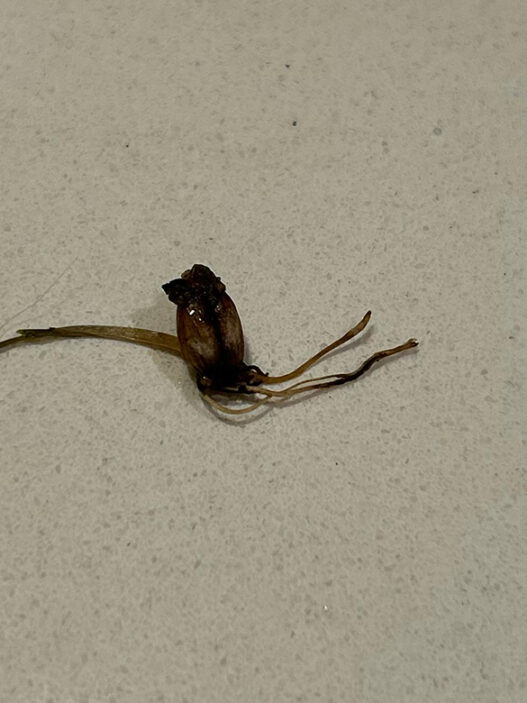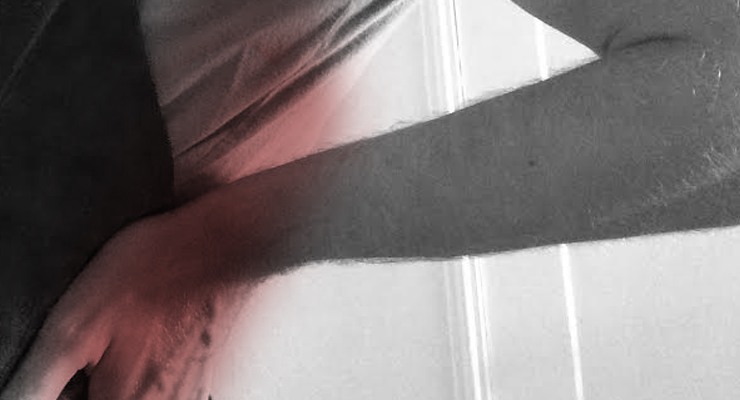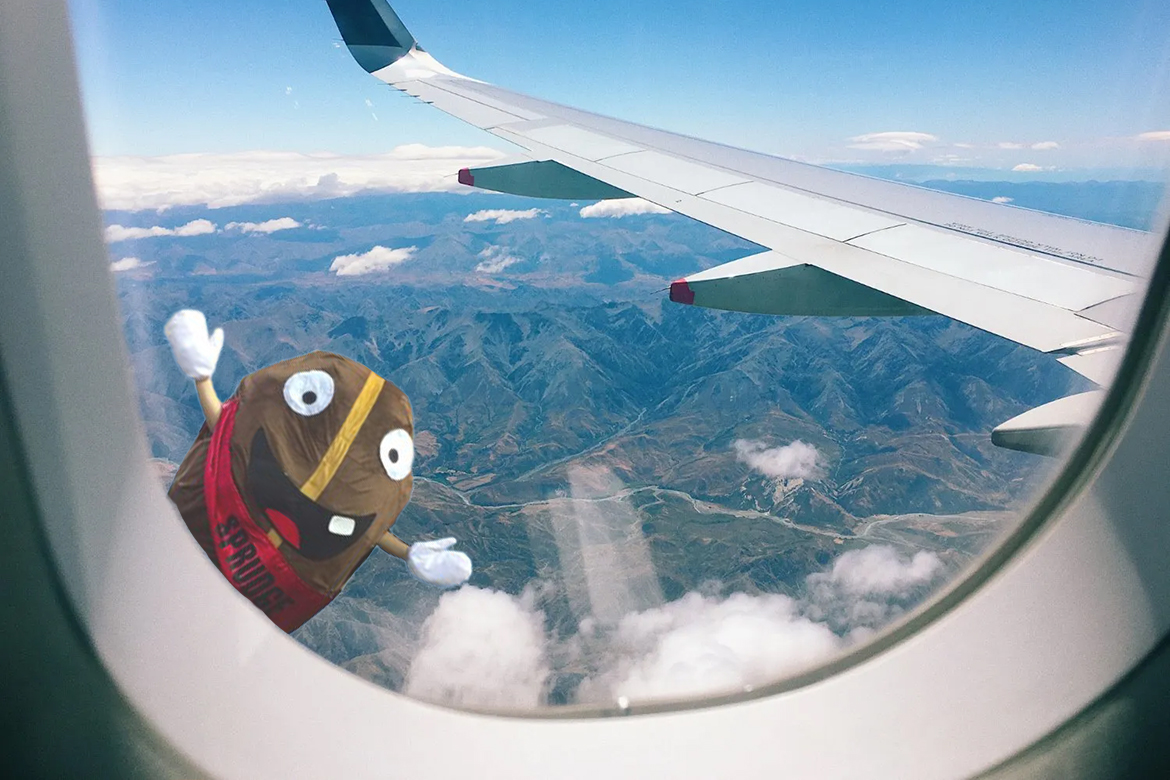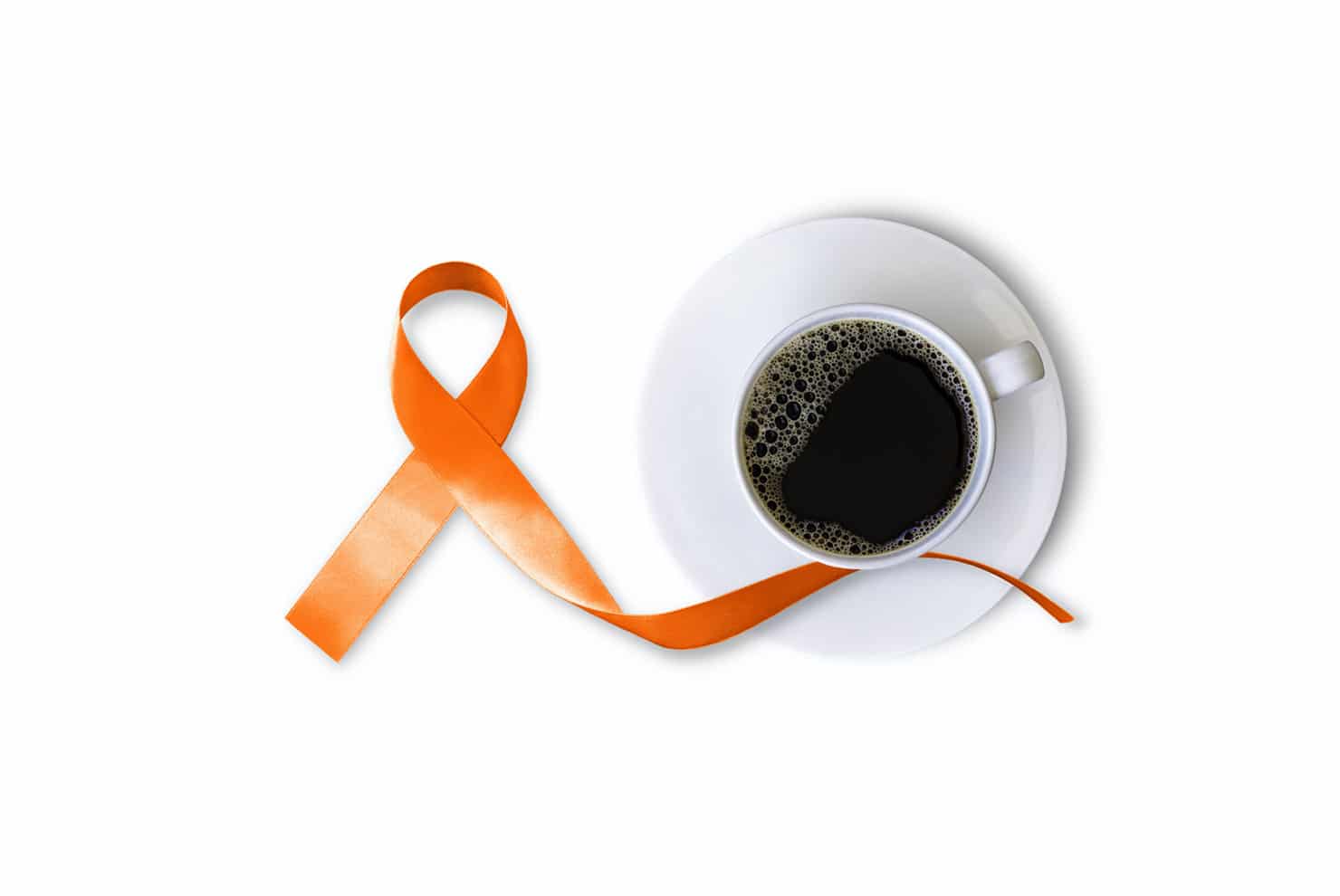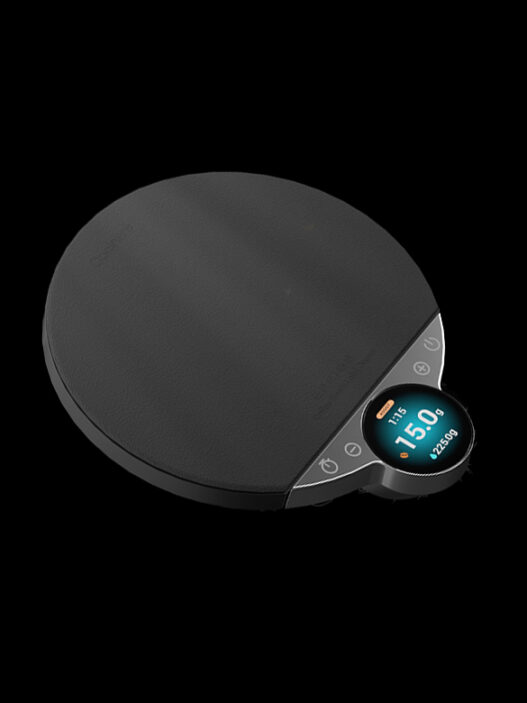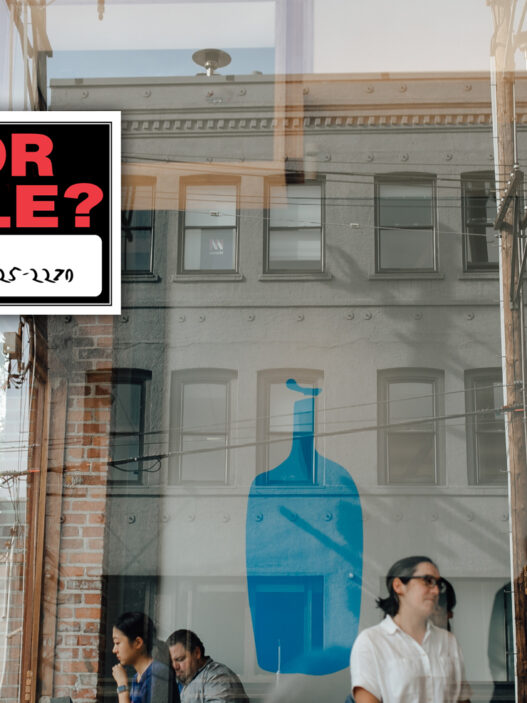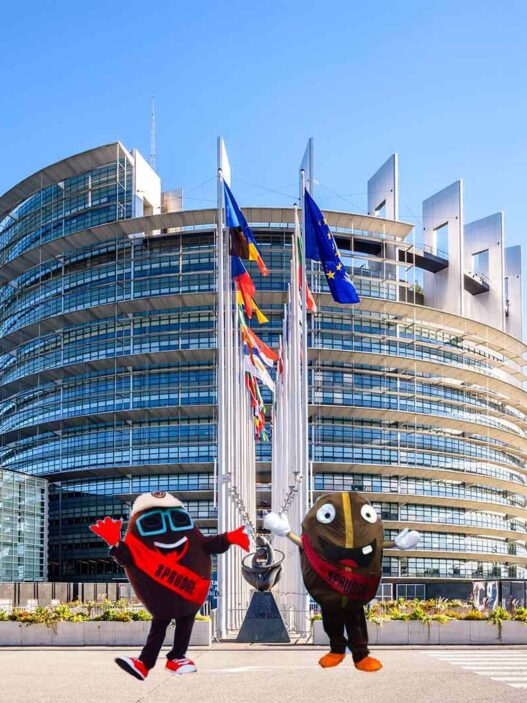When it comes to coffee grown in the United States, the first thing that comes to mind is Kona. Sure, there’s a porkpie-wearing acoustic guitarist growing some in So Cal, and some folks in Florida are giving it a go as well, but the Hawaiian-grown coffee reigns supreme. Along with Jamaica Blue Mountain (and perhaps, ugh, kopi luwak), there may be nothing more synonymous with “fancy coffee” amongst the coffee-drinking masses than Kona. Sure, we coffee dweebs go gaga for Gesha and have Eugenioides envy, but ask your parents or grandparents what the best high-end coffee is and they’re probably going to tell you it’s Kona.
But what is Kona and how did it find its way to Hawaii? A new article in SF Gate takes a look at the history of the famed coffee on the Big Island, and surprise, it’s riddled with colonialism.
Before we get to the how, let’s first break down the what. Kona is defined more provincially than genetically. Contrary to what most assume, Kona isn’t a specific variety of coffee at all but refers more broadly to the Arabica species. But what makes Kona “Kona”, much like champagne and bourbon, is where it is grown. For a coffee to be considered Kona, it must be “cultivated on the slopes of Hualalai and Mauna Loa in the North and South Kona Districts of the Big Island of Hawaii.” Theoretically, there could be Typica Kona, Red Bourbon Kona, even Gesha Kona.
The first recorded coffee plant to find its way to Hawaii, per SF Gate, arrived in 1817 via Francisco de Paula Marín, “a Spanish friend of King Kamehameha who acted as an informal adviser,” who also introduced grapes and pineapples to the island. It wasn’t until eight years later, when Chief Boki of Oahu imported plants from Brazil, that coffee cultivation took root in Hawaii. Around the same time, the “Second Great Awakening,” a Christian revival movement in America, was taking place, sending many missionaries to the islands. Per SF Gate, coffee was used as a tool to destabilize Hawaiian power structures:
“Samuel Ruggles was one of those first missionaries, and when he was transferred from the Hilo Station to the Kona region, he brought some coffee trees with him. Ruggles had an agenda, of course: coffee cultivation would make the missions more financially viable while also weaning converted Hawaiians away from their traditional power structures. Merchants and missionaries persuaded chiefs to legalize private property in the 1830s, allowing them to begin buying up land and amassing economic power.”
Over the next few decades, coffee-growing would be boom or bust. Coffee was a popular crop in the mid-1830s, when it could be easily sold to folks in California during the Gold Rush, but then declined significantly two decades later when sugar became more profitable.
Ironically, though, it was the sugar crops that kept coffee alive in Hawaii. Landowners would bring over Japanese and Filipino laborers to work their sugar plantations; the work was grueling and in “brutal conditions,” so once the laborers’ contracts expired, they switched crops, to coffee. They would then lease a 5-to-10-acre plot of land where they would grow coffee, allowing them some financial independence and the ability to put down roots.
It wasn’t until the 1980s that Kona became known as a high-end coffee. Per the Kona Historical Society’s Ku’ulani Auld, the farmers made the push to brand their coffees as Kona and distinguish it as a gourmet product to be sought-after. That impression remains today, with 100% Kona coffee fetching upwards of $50 per bag, on a par with Gesha and other rare coffee varieties. More than just a marketing strategy, though, modern Kona runs the gamut of quality, from commodity all the way up to specialty grade.
Unlike most other coffees, Kona has its own specified grading and designation system. Per Kona Coffee Farmers, Kona is broken down into Type I or Type II, containing two seeds per cherry or one (also known as a peaberry), respectively. From there they receive a quality grade, with the rating for Type I going from high to low: Extra Fancy, Fancy, Number 1, Select, and Prime. Type II has a similar system but does not include Extra Fancy or Fancy.
From there, the coffee can be sold as either 100% Kona or as a Kona Blend, which Hawaiian regulations require at least 10% of the coffee to meet the Kona criteria. The Kona Blend is a point of contention for many growers in Hawaii. The Kona Coffee Farmers Association website states bluntly, “If you’re looking for real Kona coffee this is a label to avoid!!!”
Modern day Kona, along with other Hawaiian-grown coffees, is facing additional challenges from pests and disease. The coffee borer beetle, which destroys crops by laying its eggs inside ripe coffee cherries, has been found in Kona going back to 2010, with the problem spreading to coffee farms across Hawaii. Additionally, coffee leaf rust has also been found in Kona, where the climate makes it particularly susceptible to the fungus.
To learn more, visit Hawai’i Coffee Association, Pacific Coffee Research, and Kona Coffee Cultural Festival. Listen to the Sprudge Podcast Network’s A Better Table episode featuring Madeleine Longoria Garcia, a co-owner of Pacific Coffee Research.
Zac Cadwalader is the managing editor at Sprudge Media Network and a staff writer based in Dallas. Read more Zac Cadwalader on Sprudge.




